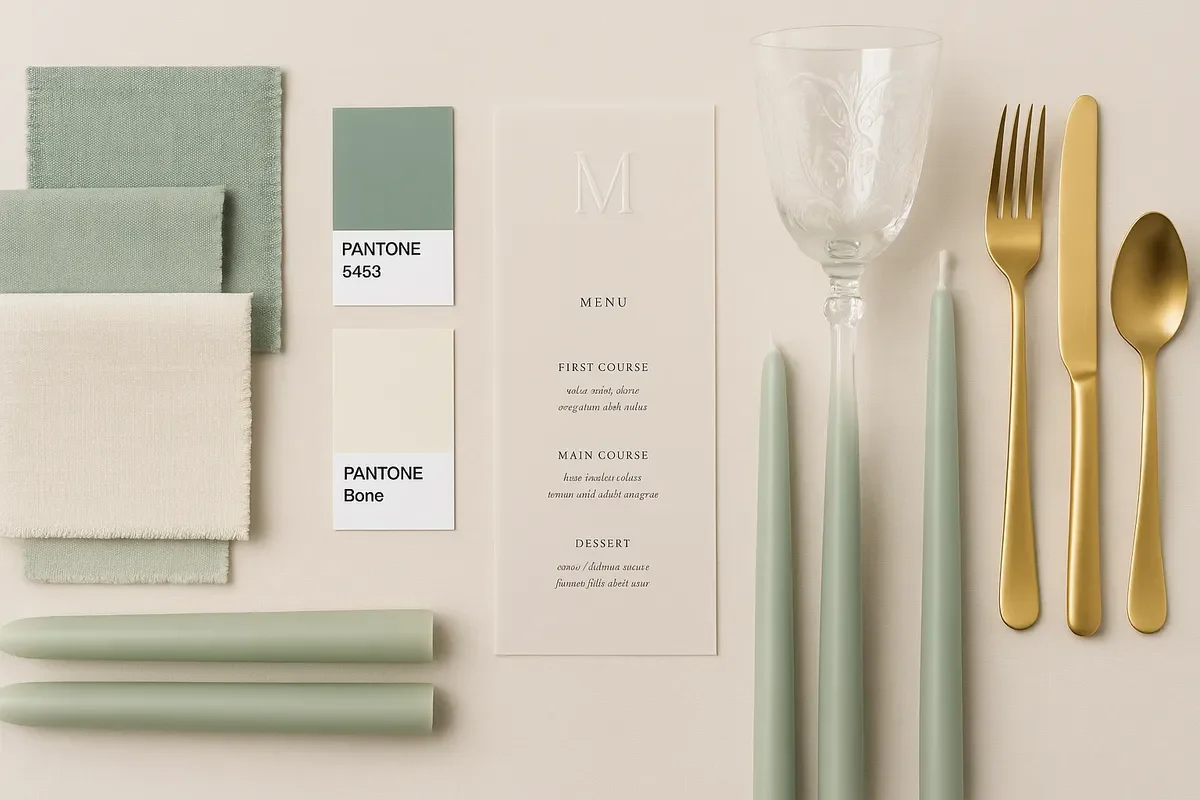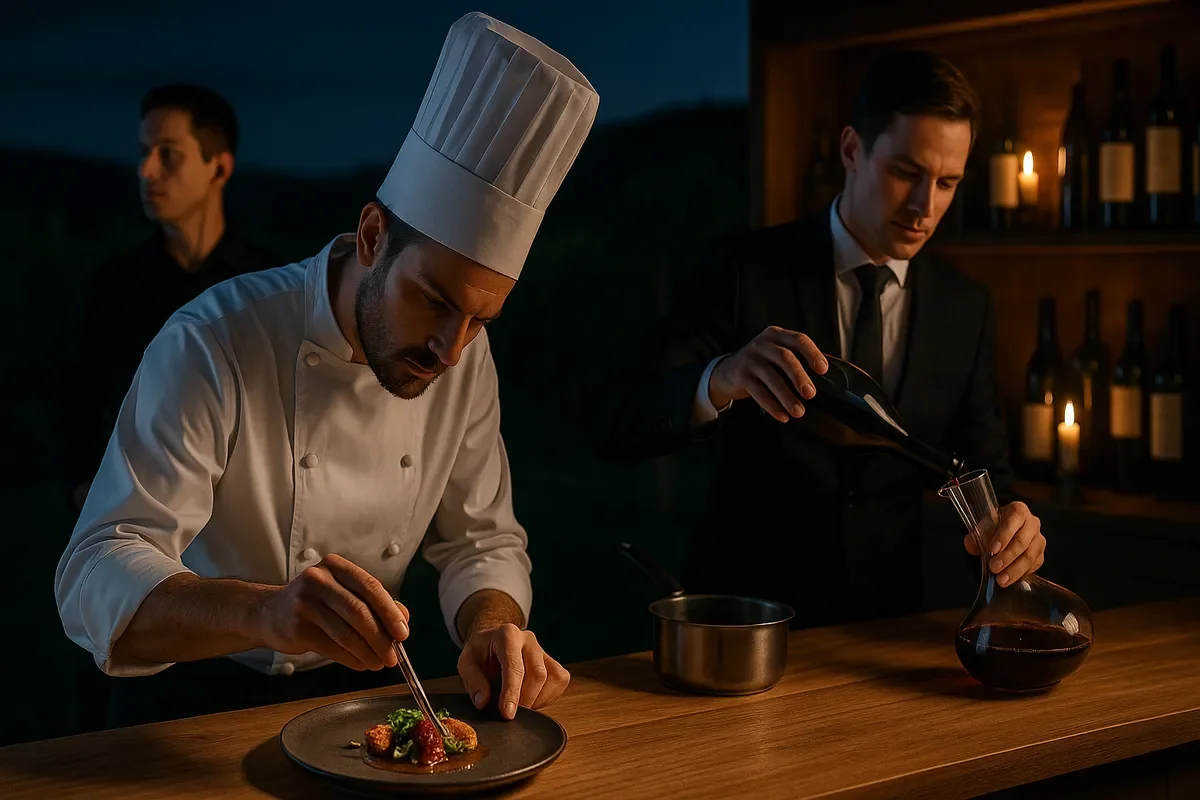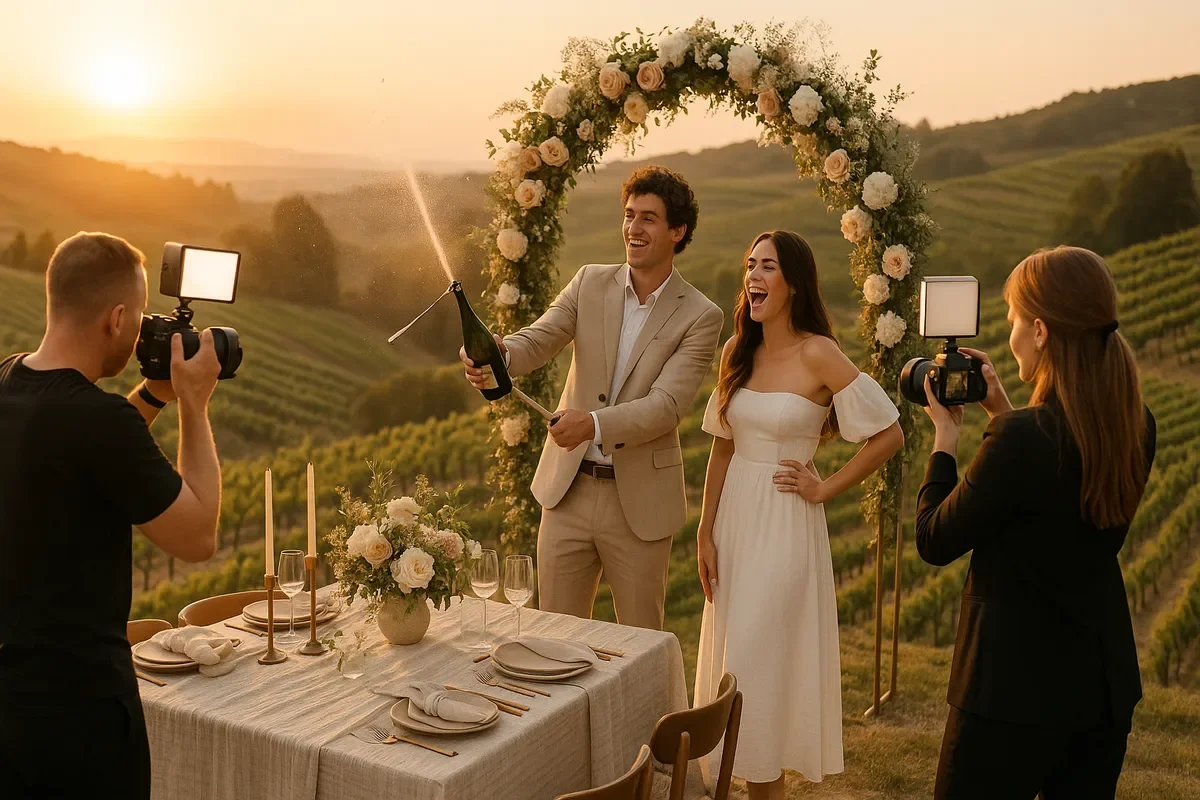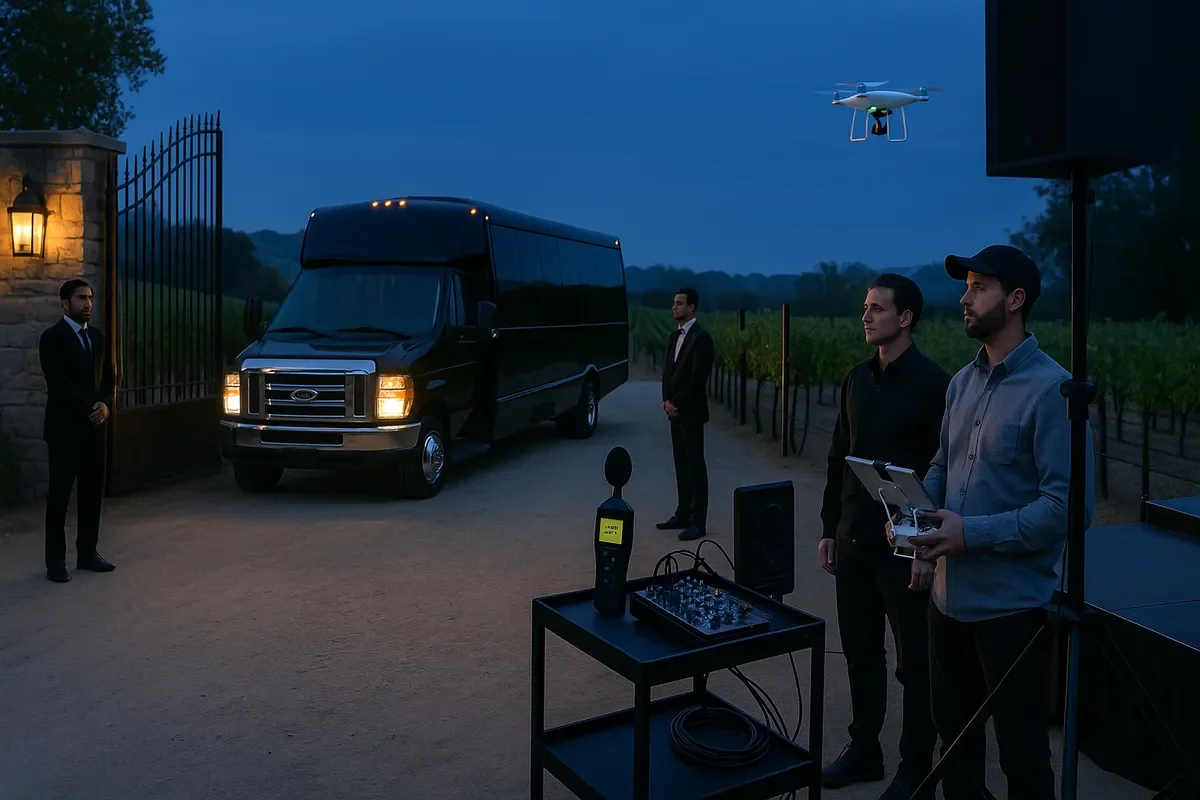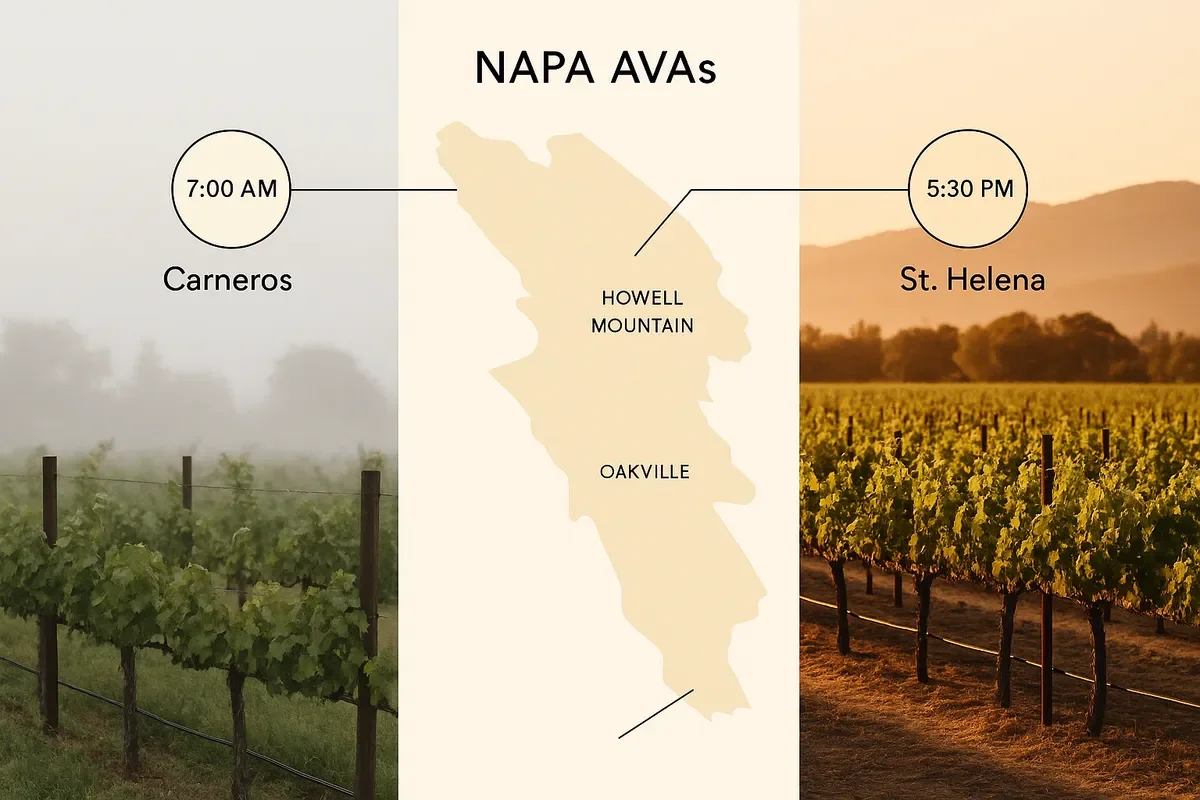Napa Valley Event Planner: 7 Ultra-Luxe Secrets
The Insider’s Welcome: What a Napa Valley Event Planner Delivers for Ultra-Luxe Celebrations (Introduction)
By Lura Albee and based on decades of planning weddings and events in the wine country of northern California.
The right Napa Valley event planner transforms a vineyard gathering into a private-world experience—complete with keys to cellars few guests ever see. Napa hosts millions of visitors yearly, yet the most coveted spaces remain off-limits without local relationships, timing, and meticulous planning. According to Visit Napa Valley’s research, the region draws a steady stream of high-spend travelers who prize exclusivity and design-forward hospitality.
Sophisticated hosts want more than a public tasting room. They want bespoke tastings with the vintner, candlelit cave dinners, and content-ready styling that feels editorial. With more than 95% of producers categorized as small or family-owned, access is nuanced and built on trust, as noted by Napa Valley Vintners. A seasoned planner opens those doors, protects privacy, and curates memorable, photogenic details at every turn.
This guide reveals seven secrets insiders use to elevate milestone celebrations—plus smart budgeting, seasonality tips, a real case snapshot, and how to choose your ideal partner. Expect discreet logistics, couture design, and experiences that feel one-of-one.
Explore what’s possible. Book a confidential discovery call to map your vision, priorities, and preferred dates.
Secret #1: Securing Exclusive Napa Venues and Vintner Experiences—Beyond the Public Tasting Room
Exclusive winery access hinges on relationships—and your planner’s track record. Private libraries, hillside terraces, and candlelit caves often require personal introductions and demonstrated discretion. Hosts get elevated experiences when the vintner trusts the guest list, the timeline, and the creative approach.
Public tasting rooms are designed for volume; private spaces are built for story. The difference shows in acoustics, lighting, and service tempo. A Napa Valley event planner will align estate character with your brand of celebration, then negotiate access, sound parameters, and service style based on venue constraints and county rules.
For context, many estates are small-lot producers with limited hospitality teams, so advance coordination is essential, as organizations like Napa Valley Vintners outline in their AVA guides. Your planner secures advance holds, matches the party size to site flow, and ensures tasting experiences feel intimate instead of staged.
Twilight scene of a private Napa wine cave dinner with 24-person king’s table, taper candles, low florals, and vintner pouring a library Cabernet; warm golden lighting, limestone textures, discreet service team, editorial photo style.
Secret #2: Private Vineyard Buyout in Napa Valley—How to Unlock Estate-Only Settings
Full buyouts give you command over the setting, pace, and privacy. Estates may allow exclusive use for limited dates, guest counts, and time windows. Your planner navigates minimums, staffing, insurance, and sound thresholds so the space feels like your own—without breaking rules.
Vineyard events must respect alcohol service and property regulations. Your team works within California’s alcohol framework via the Department of Alcoholic Beverage Control (ABC), coordinates site use with Napa County Planning, Building and Environmental Services, and adheres to local noise guidelines.
Expect curated constraints, like amplified-sound cutoffs and vehicle caps. These are not obstacles; they’re design prompts. The right approach blends acoustic sets, course pacing, and lighting design to keep the energy high while staying compliant.
Secret #3: Bespoke Event Design for Milestone Celebrations—From Concept Boards to Couture Details
Editorial-level design starts with a concept board that protects your vision from drift. Mood, color, and texture lead every decision, from invitation stock to stemware silhouette. Your planner translates personal style into a coherent language of surfaces, florals, linens, and light.
Color accuracy matters when content is the deliverable. Calibrated palettes and daylight testing keep tones consistent across camera bodies and phones—especially around sunset. For chromatic clarity, many designers reference the Pantone Color System during selection and production.
Concept-to-detail flow: Narrative mood board → palette and materials → specialty rentals → floral architecture → lighting cues
Signature couture touches: Custom monograms, hand-dyed runners, engraved cutlery, and estate-specific cartography
Flat lay of couture tablescape elements: linen swatches in muted sage and bone, Pantone color chips, vellum menu with blind deboss monogram, artisan taper candles, etched stemware, gold flatware, styled like an editorial toolkit.
Secret #4: High-End Catering and Entertainment in Napa—Chef Pairings, Sommelier Programs, and Headliner Talent
Top-tier culinary partners align each course to the vineyard story. Michelin-noted techniques and estate-driven menus elevate even a seated dinner. For chef pedigrees and regional context, the MICHELIN Guide California is a helpful benchmark.
Wine service is a performance, not a pour. Programs led by Master Sommeliers or WSET Diploma holders bring precision to pairings; explore credentials via the Court of Master Sommeliers. Headliner talent requires early holds, rider management, and music licensing—your planner secures the right contracts and cues.
Licensing matters for live or recorded music. Your team coordinates with rights organizations like ASCAP to cover performances and avoid last-minute restrictions.
Chef plating a Michelin-level course in an open-air vineyard kitchen, sommelier decanting next to a candle-lit back bar, discreet earpiece-wearing stage manager in background, cinematic night lighting.
Secret #5: Designing an Instagram-Worthy Napa Event—Lighting, Floral Art, Tablescapes, and Content Moments
Beautiful content is planned, not improvised. Golden-hour timing, light direction, and palette control ensure guests and details photograph beautifully. Tools like PhotoPills help nail sun angle and blue-hour windows for your exact venue location.
Statement florals and sculptural tablescapes create natural content zones. Add a signature moment—a sabrage against the sunset or a private cave reveal—to anchor the narrative. Consent, releases, and brand alignment protect your content strategy when sharing beyond personal channels; find release guidance from ASMP.
A lead content team orchestrates short-form capture without interrupting flow. The best galleries feel effortless because your planner blocked transitions, staged samples, and pre-lit hero moments.
Golden-hour portrait scene at a terraced vineyard with a floral arch, soft backlighting, couple sabering champagne, photographers capturing with diffused lighting, tablescape visible with layered textures.
Secret #6: Logistics with Discretion—Guest Transport, Noise Ordinances, Permits, and Privacy Protocols
Quiet logistics make luxury feel natural. Private shuttles, valet teams, and staggered arrivals reduce congestion on rural roads. For route planning and real-time updates, your team monitors state feeds via Caltrans.
Compliance is non-negotiable. Noise windows are governed by county code—see Napa’s standards and thresholds in the Noise Control Ordinance. Accessibility is part of hospitality; ADA pathways and seating plans are coordinated in line with ADA.gov. Drones for content require licensed operators under FAA Part 107—review commercial guidance from the FAA.
Privacy needs vary by guest list. Responsible planners implement non-disclosure agreements and data minimization aligned with consumer privacy frameworks such as the CCPA, ensuring content consent and guest confidence.
Luxury shuttle arrival at a gated vineyard lane during blue hour, discreet security and valet, sound meter on tech cart near stage, FAA-licensed drone operator with controller and spotter, elegant but understated scene.
Secret #7: Elevated Guest Experiences—Barrel Tastings, Library Wines, and Artful Gifting with Provenance
Barrel-to-bottle storytelling turns a great party into a singular memory. Guided barrel tastings and verticals of library vintages connect guests to the estate’s history and craft. Planners curate pacing so conversation and discovery move together.
Gifting is most meaningful when it honors provenance. Provenance cards, estate maps, and custom engravings tie each gift to place. For inter-state wine gifting and shipping considerations, consult the Wine Institute’s direct-shipping overview to align with recipient locations.
When the vintner hosts a brief Q&A, even seasoned wine lovers learn something new. The experience becomes a shared chapter rather than a checklist.
Budgeting for Luxury: Transparent Pricing, Value Adds, and Where to Splurge in Napa
Luxury budgets reward focus—spend where guests feel it. Prioritize venue exclusivity, culinary talent, lighting, and content capture. These categories drive perceived quality and post-event impact.
Transparent budgets protect creative intent. Your planner will separate fixed site costs from scalable line items like florals and entertainment. Industry reports on premium gatherings and weddings, such as studies from The Knot, can offer directional benchmarks, though ultra-luxe Napa events often exceed national averages.
A smart value add is rehearsal-day styling. The extra pre-light and content scout can yield more publishable assets than a larger floral upgrade alone. Clarity early ensures every dollar supports the experience you want.
Seasonality and Timing: Harvest vs. Shoulder Seasons, Microclimates, and Golden-Hour Scheduling
Harvest is magic—and competitive. Late summer through October offers energy, color, and aroma, but calendars fill fast. Shoulder seasons deliver softer light, easier bookings, and fewer traffic constraints, especially in cool-climate AVAs like Carneros.
Microclimates matter for comfort and photography. AVA-specific weather patterns can vary widely; for climate context, review regional data via the Western Regional Climate Center and local AVA breakdowns from Napa Valley Vintners. Use a sun calculator like PhotoPills to schedule private reveals and toasts at true golden hour for your coordinates.
Wind, temperature swings, and fog influence linen choice, heat lamps, and hair/makeup timing. Your planner will stage backups that feel intentional, not second-choice.
Side-by-side visual of Carneros’ foggy morning vines vs. St. Helena’s warm late-afternoon light; overlay of golden-hour times on a minimalist map of Napa AVAs, elegant infographic aesthetic.
Case Snapshot: A 50th Birthday Vineyard Buyout with Bespoke Design and Editorial-Level Content Capture
A private hillside estate hosted 48 guests for a sunset-to-starlight celebration. We secured a full buyout with a cave reveal, plus an amplified-sound window aligned to county limits. Arrival was staggered via black car service to reduce lane backup.
Design centered on a palette of bone, fig, and burnished brass. An open-fire kitchen produced a five-course menu with terroir pairings guided by a Master Sommelier. Golden-hour portraits, a candlelit cave course, and a midnight dessert garden delivered the core content story.
The content team captured a 45-second hero reel, stills, and guest portraits. Releases and drone approvals were locked one week prior; the final gallery balanced editorial polish with candid warmth.
Editorial montage: golden-hour toast on terrace, candlelit cave course, open-fire kitchen plating, discreet film crew with gimbal and boom, birthday guest laughing in couture suit, warm cinematic tone.
How to Choose the Right Napa Valley Event Planner—Credentials, Creative Fit, and Access
Credentials show rigor; access proves trust. Ask about professional designations like the Certified Meeting Professional through the Event Industry Council (CMP) or the Certified Special Events Professional from ILEA (CSEP). Equally important: long-standing winery relationships and a calm, detail-led approach.
Creative fit is the multiplier. Review concept boards, real galleries, and timelines—not just mood boards. A planner who protects your privacy, curates your story, and calibrates to content goals will deliver a celebration that reads as you.
Ask for references from vintners and chefs. Access built on mutual respect is the strongest signal you’ve found your partner.
Request a private portfolio review. See full galleries, sample budgets, and timeline playbooks matched to your guest count and season.
Next Steps: Book a Private Consultation to Curate Your Napa Valley Celebration (Conclusion)
Ultra-luxe Napa events are crafted at the intersection of access, design, and discretion. When an expert orchestrates the details—permits, privacy, culinary talent, and content—the night feels effortless and unmistakably yours.
The seven secrets above reveal how insiders secure private estates, align chef and sommelier programs, and choreograph photogenic moments. Focus your budget where guests feel it, plan for microclimates, and lock golden-hour timing for gallery-worthy results. With a trusted guide, you can move from ideas to a living, breathing experience.
Book a confidential consultation to map your dates, venues, and priorities. Your Napa celebration should look and feel like no one else’s—because it isn’t.
FAQs
Are private winery events allowed in Napa Valley?
Yes, private winery events are allowed—but within county and site-specific rules. Estates control access and hours, and amplified sound is governed by the county’s noise code. Review guidance in the Napa County Noise Ordinance and coordinate permits with Napa County PBES through your planner.
How far in advance should I book a harvest-season celebration?
Reserve 9–12 months ahead for harvest; earlier for headline chefs or large guest counts. Demand spikes late summer through October per regional trends noted by Visit Napa Valley. Shoulder seasons offer more flexibility and softer light for content.
Do I need a permit for drone photography at a private estate?
You need a licensed operator under FAA Part 107 and landowner permission. Most venues require advance notice and flight plans. See commercial guidance from the FAA and confirm privacy protocols with your planner.
Can guests under 21 attend a winery event?
Yes, minors may attend with hosts’ supervision—but they cannot consume alcohol. Your planner structures service and signage to comply with state alcohol regulations; for general rules, consult California ABC.


